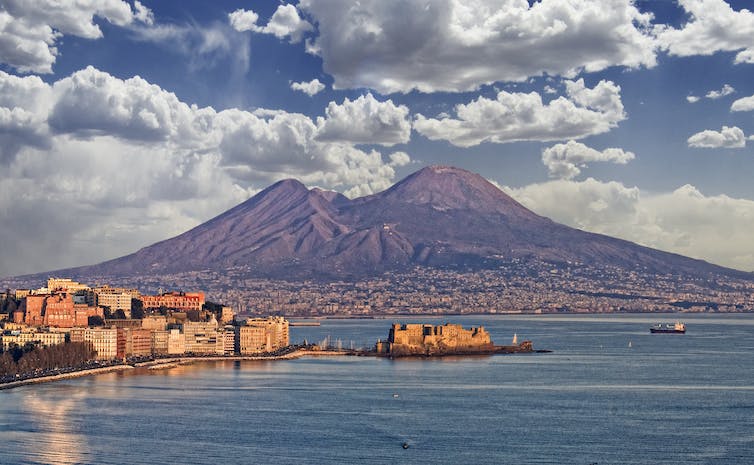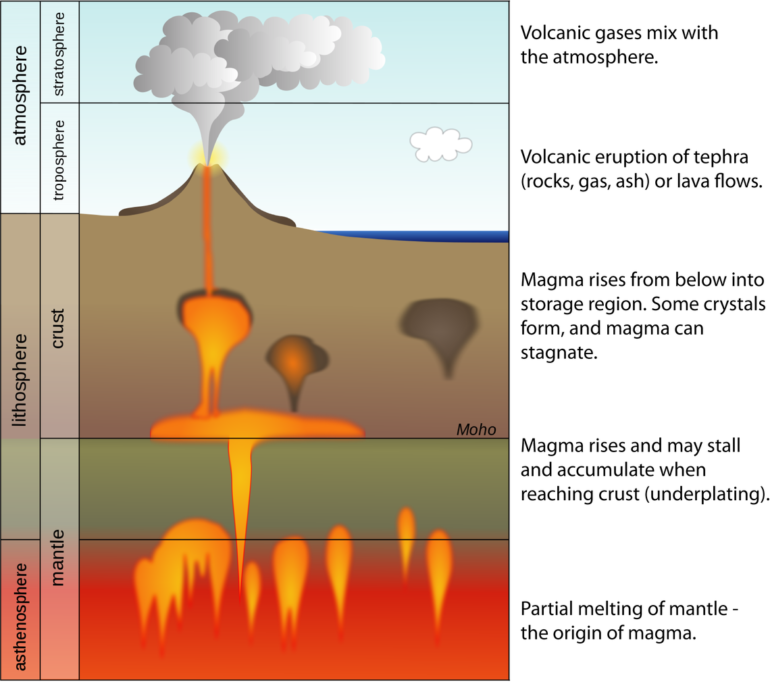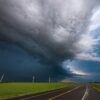
Curious Kids is a series for children of all ages. If you have a question you’d like an expert to answer, send it to [email protected].
What causes volcanoes to erupt? – Avery, age 8, Los Angeles
On Nov. 27, 2022, Mauna Loa – the world’s largest active volcano – erupted on the island of Hawaii. For days, fountains of lava, boiling at more than 2,000 degrees Fahrenheit (1,100 degrees Celsius), spewed upward and flowed down the mountain’s sides.
For tens of millions of people around the world, the videos were a mesmerizing sight. Then, a few weeks later, the eruption ended. Fortunately, there were no known deaths, and no major property damage.
Mauna Loa is the world’s largest active volcano.
About a week later, Mount Semeru in East Java, Indonesia, erupted a mix of ash, gas and hot rocks. The plumes rose a mile above the mountain’s summit. Thousands living in the vicinity were evacuated; many wore masks to protect themselves from the ash-filled air. Mount Semeru has continued to erupt for months.
I am a geologist who studies minerals in volcanic rocks. I want to learn more about what causes volcanoes to erupt. Millions of people live near an active volcano – that is, one of the 1,328 volcanoes worldwide that have erupted over the past 12,000 years.
At any given time, 20 to 50 of these active volcanoes are erupting. The proximity of people and buildings makes it important to study volcanoes and understand the hazards.

Mount Vesuvius, about 6 miles east of Naples, Italy, is still an active volcano. In A.D. 79, Vesuvius erupted and destroyed the city of Pompeii.
Antonio Busiello/Moment via Getty Images
How volcanoes blow their stacks
The center of the Earth is called the core; the next layer up is the mantle; the outermost layer is the crust.
Over time, magma – which is melted rock mixed with gas and mineral crystals – accumulates in an underground chamber beneath the volcano. The magma at Mauna Loa forms when a hot mantle plume – think of a conveyor of heat – partly melts rock in the mantle.
The volcano is essentially an opening that lets magma out onto the surface of the Earth. Once released from the volcano, the magma is called lava.
In the months leading to its eruption, scientists noted increased earthquakes and a bulging of Mauna Loa, like a balloon being inflated. These signs suggested that more magma was making its way upward, because pressure from rising magma can expand the sides of a volcano and cause rocks to shift and break, which leads to earthquakes.
Typically, for an eruption to occur, enough magma must accumulate in the chamber under the volcano. Then something needs to trigger the eruption. That could be an injection of new magma into the chamber, a buildup of gases within the volcano, or a landslide that removes…



